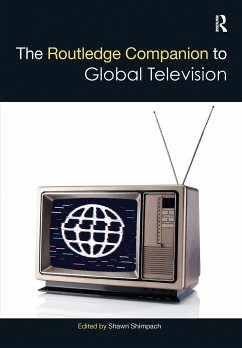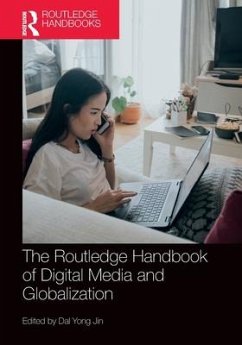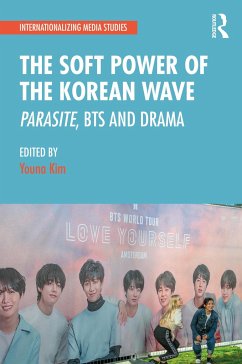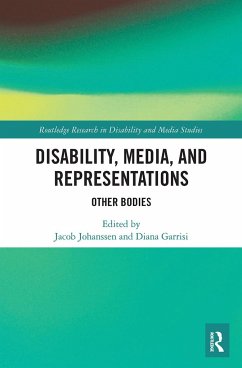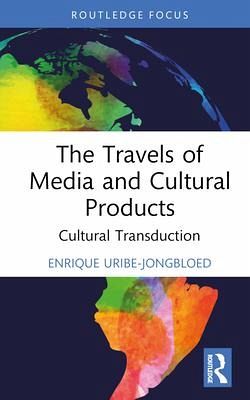
The Travels of Media and Cultural Products
Cultural Transduction
Versandkostenfrei!
Versandfertig in 6-10 Tagen
56,99 €
inkl. MwSt.
Weitere Ausgaben:

PAYBACK Punkte
28 °P sammeln!
This book presents the Cultural Transduction framework as a conceptual tool to understand the processes that media and cultural products undergo when they cross cultural and national borders.Using a series of examples from pop culture, including films, television series, video games, memes and other digital products, this book provides the reader with a wider understanding of the procedures, interests, roles, assumptions and challenges, which foster or hinder the travels of media and cultural products. Compiling in one single narrative a series of case studies, theoretical debates and internat...
This book presents the Cultural Transduction framework as a conceptual tool to understand the processes that media and cultural products undergo when they cross cultural and national borders.
Using a series of examples from pop culture, including films, television series, video games, memes and other digital products, this book provides the reader with a wider understanding of the procedures, interests, roles, assumptions and challenges, which foster or hinder the travels of media and cultural products. Compiling in one single narrative a series of case studies, theoretical debates and international examples, the book looks at a number of exchanges and transformations enabled by both traditional media trade and the internet. It reflects on the increase of cultural products crossing over regional, national and international borders in the form of video games and TV formats, through music and video distribution platforms or via digital social media networks, to highlightdiscussions about the characteristics of border-crossing digital production.
The cultural transduction framework is developed from discussions in communication and media studies, as well as from debates in adaptation and translation studies, to map out the travels of media and cultural products from an interdisciplinary perspective. It provides a tool to analyse the markets, products, people and processes that enable or constrain the movement of products across borders, for those interested in the practical aspects that underlie the negotiation and transformation of products inserted into different cultural market settings. This volume provides a new framework for understanding the travels of cultural products, which will be of use to students and scholars in the area of media industry studies, business studies, digital media studies, international media law and economics.
Using a series of examples from pop culture, including films, television series, video games, memes and other digital products, this book provides the reader with a wider understanding of the procedures, interests, roles, assumptions and challenges, which foster or hinder the travels of media and cultural products. Compiling in one single narrative a series of case studies, theoretical debates and international examples, the book looks at a number of exchanges and transformations enabled by both traditional media trade and the internet. It reflects on the increase of cultural products crossing over regional, national and international borders in the form of video games and TV formats, through music and video distribution platforms or via digital social media networks, to highlightdiscussions about the characteristics of border-crossing digital production.
The cultural transduction framework is developed from discussions in communication and media studies, as well as from debates in adaptation and translation studies, to map out the travels of media and cultural products from an interdisciplinary perspective. It provides a tool to analyse the markets, products, people and processes that enable or constrain the movement of products across borders, for those interested in the practical aspects that underlie the negotiation and transformation of products inserted into different cultural market settings. This volume provides a new framework for understanding the travels of cultural products, which will be of use to students and scholars in the area of media industry studies, business studies, digital media studies, international media law and economics.





